Genre: Maze Developer: Sega of Japan Publisher: Sega of Japan Players: 1 Released: 1991
At the dawn of the 16-bit era, Genesis fans eagerly awaited the American release of the Japanese MegaNet modem. Rechristened the TeleGenesis Modem and snugly attached to the rear of the Genesis console, it promised the ability to download games and play with friends all across the country. Sega promised a roll out in late 1990, and gamers were eager to see how it would be to play their Genesis games with friends across town or even the country. Sadly though, the advertising came and went, and there was no modem to be found. Sega of America quietly axed its plans to bring the device stateside before the year was out, leaving us with only the spotty details of the earlier Japan release. Several titles debuted with the modem, and while many were forgettable, there were a couple that were playable enough to get stand-alone releases, such as Cyberball and Flicky.
Among those left behind was a game that could have probably done well as a cartridge game: Aworg: Hero in the Sky. Essentially just a maze game, Aworg has players control a little robot man who is able to fly around by waving two fans. By pressing the B button and moving the D-pad, our hero can be moved in any direction, and players have to fight inertia and gravity to keep him from smashing into spikes and enemies. Anyone who has played classics like Gravitar or even the Genesis game Sub-Terrania will know what the control is like.
The object of the game is to collect three glowing power cells to open the gate to the next level. They’re sadistically scattered around each stage, and Aworg must maneuver around to collect them. He can only take a few hits before dying, but luckily, he’s not defenseless. The A button makes him fire off sparkle energy in all directions, and pressing C lets him dart quickly in a single direction. Enemies behind Aworg will also be deterred by the sparkle energy he leaves in his wake, and this is quite handy for stopping obstacles that are between him and the power cells. It’s fun to push them into walls of spikes! Certain enemies, like the movable fan, can not only hurt Aworg through contact but also push him away from entrances. Using the sparkle energy takes away from Aworg’s life bar, so it can’t be used indiscriminately. Thus, it takes strategic use of the sparkle power to move enemies out of the way and into the spikes. One can’t simply go wild with the multi-directional attack, since Aworg’s energy needs to be conserved for taking hits. There’s no time limit, but the longer one takes to open the gate, the lower the bonus score given at the end of the round. The amount of life energy remaining also factors into this bonus score. Only three lives are given, but thankfully the orbs Aworg has collected stay in his inventory after he dies.
Aworg’s presentation is not bad for a MegaNet game. There are nice clouds moving around, some of which do a decent job of simulating transparencies, and Aworg and his foes are clean and detailed. The backgrounds never change, aside from the color, and things are pretty sparse-looking otherwise, but what’s there gets the job done. The audio, on the other hand, is mind-numbing, and the few sound effects are drowned out by the same tune played over and over. I can understand the lack of a full soundtrack, but there’s a limit to one man’s tolerance.
Aworg’s biggest asset is its level design. The stages are very cleverly done, and they offer a great deal of challenge. None of them are made to be cheap or extremely difficult and deducing the right tactic can often make a seemingly impossible section become very easy. The whole game is a great throwback to those old arcade puzzlers, like Solomon’s Key, in that player actually have to stop and think about how best to proceed. Thankfully, there’s no way to permanently cut off access to the exit or lose a power cell, so none of the obscenity-inducing (and game-ending) level blocks of Tecmo’s classic are present.
Those who want to try Aworg out on actual hardware are going to have some trouble, as it’s only available on the Sega Games Can Vol. 2 compilation for the Japanese Mega CD. Additionally, the Genesis version can be obtained online and will work on a flash cart or Everdrive. This is perhaps the closet way there is to play it as intended, given that there was no cartridge release and the CD collection came later on.
In the big scheme of things, Aworg doesn’t set the world on fire. Hell, it barely makes a spark. Taken for what it is and considering the circumstances of its conception, the game is actually pretty bold. This would be little more than a dull flash game today, but in 1991, it would keep more than a few gamers glued to their consoles for hours. It’s too bad that their phone bills would have made the thing so expensive to play!
SCORE: 5 out of 10

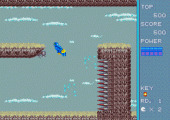
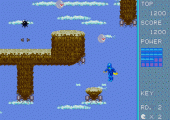
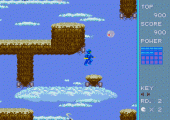
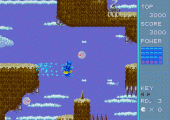
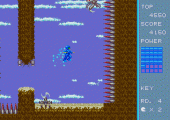
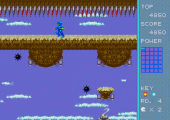
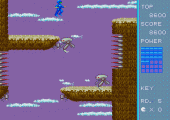
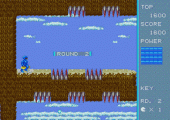
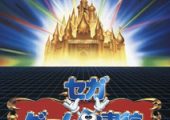
Recent Comments